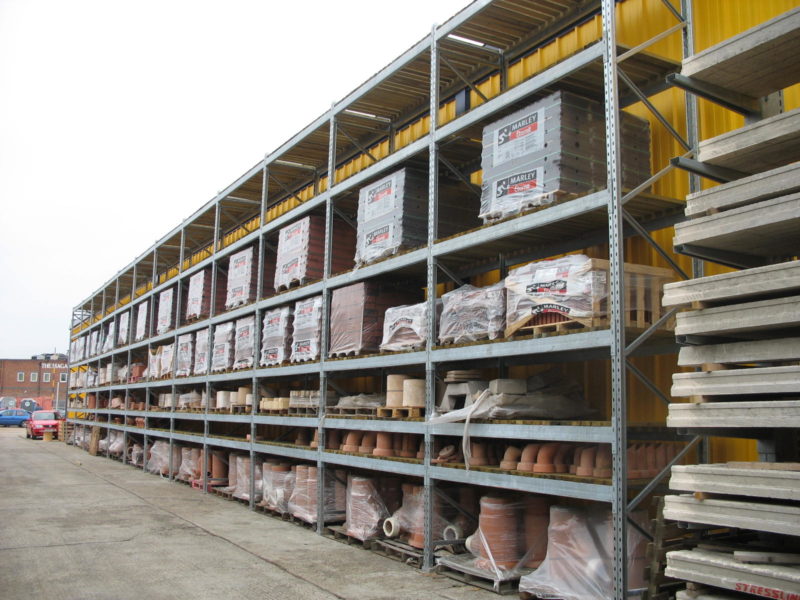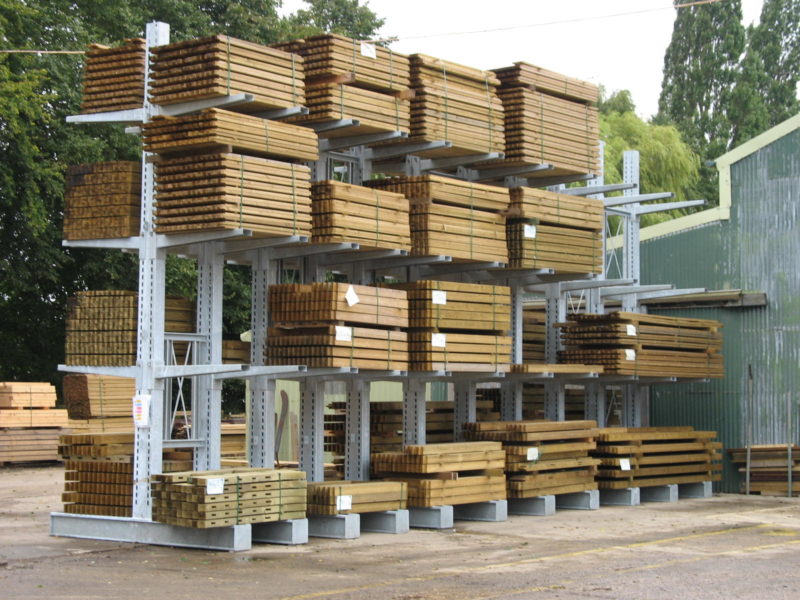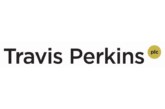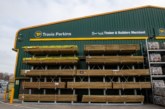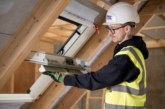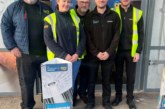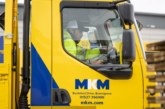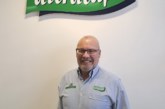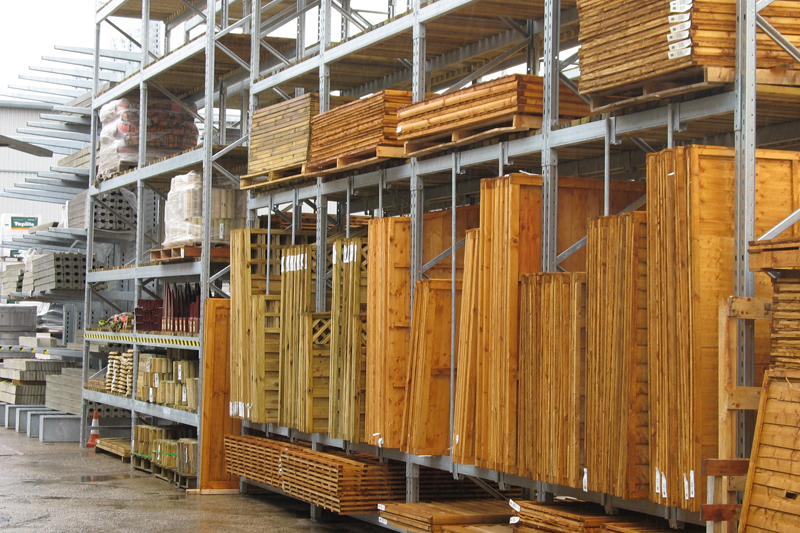
PBM speaks with Nick Betteley, Stakapal’s present owner and Technical Director, about the firm’s heritage and the changing storage requirements for the merchant sector.
Formed in 1967 by Nick’s father, Colin Betteley, and his colleague Albert Tonks, Stakapal started out by manufacturing steel stillages, office partitioning and mezzanine floors. The severity of the economic downturn in the early 80s forced the company to seek other products and markets and it diversified production into cantilever racking and pallet racking in 1983.
A completely new pallet racking system, the SR2000 series, was launched in 1992 and is still in production. That same year, Stakapal also became full SEMA (Storage Equipment Manufacturers Association) members.
“Stakapal has maintained a unique position in the UK’s storage industry for over 50 years as the only British manufacturer producing all three types of racking — cantilever racking, pallet racking and shop racking,” explains Nick Betteley. “We have a 72,000sq ft factory in Cannock, Staffordshire, a 2.5-acre site nearby with a 10,000sq ft purpose-built unit and a further 37,000sq ft overseas development.
“We’re probably best known for our market leading cantilever racking, although we’ve always had a near 50:50 manufacturing split between that and pallet racking. The very different production methods involved mean we’re unique in making both types on one site.”
Stakapal’s current operations also include the Redirack business, which was bought from the administrators in February 2014. Nick says: “Redirack has had a leading presence in the UK pallet racking market since the 1960s and is a well-known, highly regarded brand. As a welded system it has long been renowned for its robustness in operation, offering high levels of user safety. Indeed Stakapal actually supplied Redirack pallet racking in the seventies, prior to manufacturing its own system, to customers wanting integrated rack and stillage solutions.”
Having ‘cut his teeth’ in the builders’ merchant sector when joining the company from university in 1985, Nick states that Stakapal “fully understands the workings of a merchant operation inside out” and considers itself as something of a ‘one-stop’ manufacturing solution for all of the storage needs of any merchant.
The company has historically largely focused on independent merchants and they still form the basis of its work in this sector. Nick explains: “We manufacture, supply and install our products; there is no subcontracting, no middlemen, no nonsense — and there are no other major members in Europe that make pallet racking and cantilever racking which are independently assessed by the Storage Equipment Manufacturers Association (SEMA) design codes.”
He continues: “Although pallet racking and cantilever racking are very diverse products by nature of their manufacture, they are commonly used together in builders’ merchants. As the market has contracted, with some players in this sector falling by the wayside, Stakapal’s reach has grown.”
With a team committed to frequently visiting a range of builders’ merchant operations, Nick comments: “The most important people in a merchant’s are the branch managers — along with the yard, warehouse and shop supervisor. These people appreciate the need for solid systems that ensure health and safety regulations are maintained.
“For a merchant’s customers, time is money; they don’t want to be waiting around to be served. They want to get served quickly, get back on the road and on-site as fast as they can — that is where our expertise comes into play. We look at the merchant’s business from an operational viewpoint. It’s all very well taking a look at the merchandising stand and examining how it is going to be at point-of-sale, but this is only of passing interest to the merchant’s core customers. Their main concern is ‘can I get out of here quickly and get to where I need to be?’ And this is what Stakapal is all about.”
Safety first
On the important issue of operational safety, Nick suggests: “Our attention to health and safety works hand in glove with the merchant’s own considerations because it fits in with the operational requirements of the branch. There is no point having a system where you can get people in and out quickly if they might get run over in the process. In a yard and warehouse that is properly laid out, you can get to your stock and you can service your customers with ease.
“When walkways and pedestrian access are clearly marked out and organised, this ensures a much safer environment in which to operate. The worst thing in the world is a yard that is littered and a warehouse where stock is lying all over the place and people having to constantly move stock around to get to what they require, making things extremely inefficient, and ultimately leading to lost time. Risk levels will be also increased in this type of environment, because people have to make additional truck operations to move the stock, then find somewhere to move it to.”
Drawing on his 30 years-plus experience in and around the sector, Nick also has some thoughts on the new challenges confronting the sector. On the online threat, he says: “Whilst the internet is an invaluable tool for customers to reserve or procure goods, they still need to be collected or delivered. The internet revolution may have transformed the office side of merchants, but the fundamentals of customer service remain — goods delivered on time, in the right place first time or collected quickly with minimum of delay.
“Customers are generally ordering a broader range of products in smaller quantities, so Stakapal’s range of storage equipment ensures improved selectivity as well as improving overall stock rotation.”
He adds: “Whether you are looking for racking solutions for your warehouse, yard or trade merchandising area, we offer a ‘concept to completion’ service. The process starts with an initial site survey right through to the design, manufacture, delivery and finally installation by our in-house SEIRS (Storage Equipment Installers Registration Scheme) installers.”
For more information on Stakapal’s range of services for merchants, click here.

